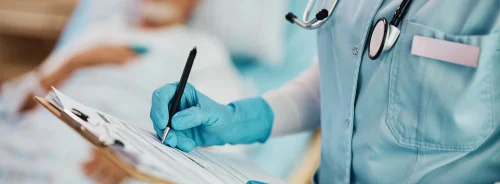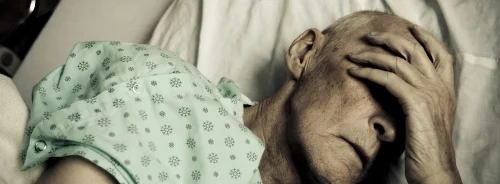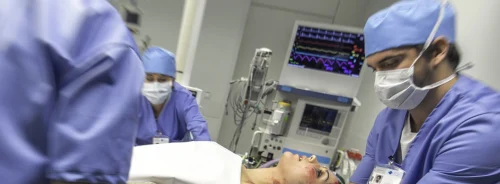ICU Management & Practice, ICU Volume 5 - Issue 4 - Winter 2005
Authors
JR Raja, MD
BK Abraham, MD, MRCP
N RamakrishnanAB (Int Med), AB (Crit Care) MMM, FACP, FCCP
Department of Critical Care Medicine, Apollo Hospitals,
Chennai, India
Dr Raja and colleagues explain the potential of telemedicine for critical care in India, the obstacles to its implementation
and how these are currently being addressed.
Potential in India
Most ICUs in India face a shortage of trained intensivists. Additionally, many ICUs lack an effective ICU care delivery model, which is pervasively effective and continuously managed by experts. On the other hand, telemedicine
departments are growing rapidly and an excellent synergy exists between the Indian Space Research Organization and private players in this field. This allows telemedicine to be applied to optimize ICU patient care in several ways, which we outline here.
Remote Data Access -
Hospitals can use remote management to allow off site
intensivists to provide expert input to on site physicians when needed. At
present this happens by telephone. Inaccurate or insufficient information from
the on site physician hampers efficiency of this model. Two way real time
visual data transmission enables an on call intensivist to review the data and improve
the quality and productivity of the system.
Pooling Resources -
Hospitals with insufficient intensivists could network with
quality critical care departments tapping their resources and expertise. This
E-ICU model opens up commercial possibilities, and wider penetration and
utilization of available limited resources.
Broader Cover -
Rural hospitals without trained ICU staff can contract tertiary care centres to
bridge their deficiencies. Quality medical expertise is unfortunately
concentrated in urban India. Telemedicine can spread the
expertise and also improve interhospital transfer of critically ill patients, and management of out of hospital critical events.
Efficient Monitoring Systems -
Shortage of ICU manpower also applies to nursing staff. This coupled with the fact that most ICUs have a capacity of more than 10 beds, underscores the need for an alternative continuous monitoring system, which doesn’t rely on high staffing levels. Telemedicine can alert intensivists of abnormal physiological parameters, process clinical data and activate clinical decisions.
Obstacles to Implementation
Though these possibilities are encouraging, there are many potential hurdles to implementation, including varying regulations across states, lack of guidelines on legal and confidentiality issues, costs and the need for critical care training.
Non-Standard Regulations -
A doctor registered with a state medical council can practice medicine in any part of India. However, some states demand a separate registration with their own medical council. Apparently no law mandates this and the decision primarily rests with the concerned bodies.
Lack of Guidelines -
Patient confidentiality and medicolegal implications of E-prescription are unclear, as presently no guidelines exist.
Costs -
In the absence of
comprehensive health insurance on a mass scale, the bulk of medical expenditure
is borne by patients themselves. Any technological service adds to the “fee for
service model” and may cause resistance from healthcare providers and consumer
health forums.
Training-
Any critical care process
starts with assimilation of clinical data followed by interpretation, which leads
to an action, which in turn results in a clinical outcome. Telemedicine ensures
the first two components. The third part, action, requires on site manpower (assuming
we are discounting the role of robotics, currently used in only two hospitals).
Hence to widen the reach of ICU telemedicine, we need to train on site staff in
basic ICU procedures and techniques.
Future Directions
The critical care unit at our hospital functions as an E-ICU and offers services in setting up and maintaining ICUs. The high dependency unit admitting post angiography and angioplasty patients is covered by a telemedicine monitoring system. A study to analyze whether application of telemedicine expands the frontiers, improves patient care and de-escalation of costs is underway. We observe a positive trend towards formulation of a law governing medicolegal implications of E-prescription and care and some private firms are doing research in developing smart alarms tailored to local needs. The intensive care training programmes offered by the Indian Society of Critical Care
Medicine and the National Board shows a very high enrolment rate. The result is likely to be a fundamental change in the way critical care medicine is practiced in India.





